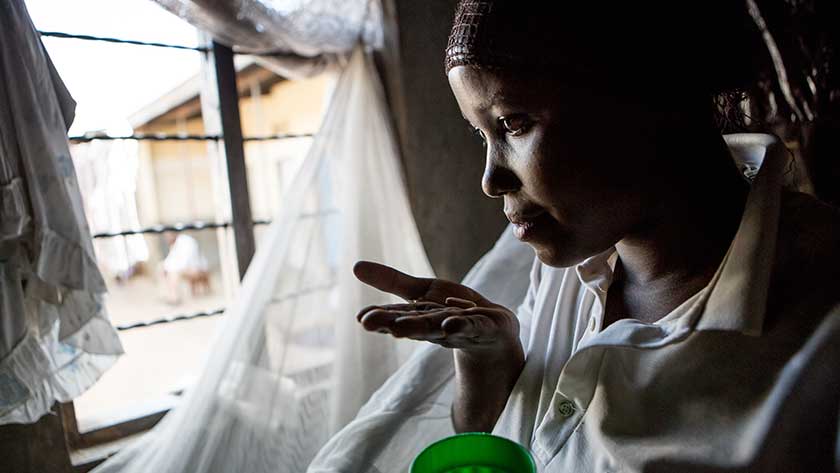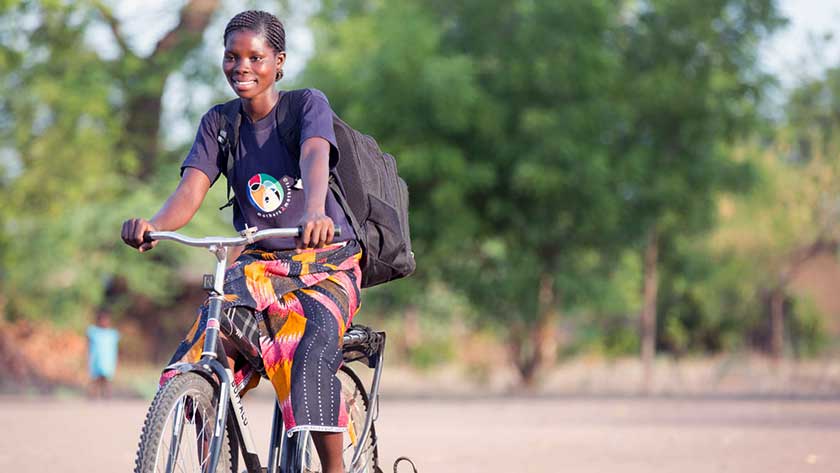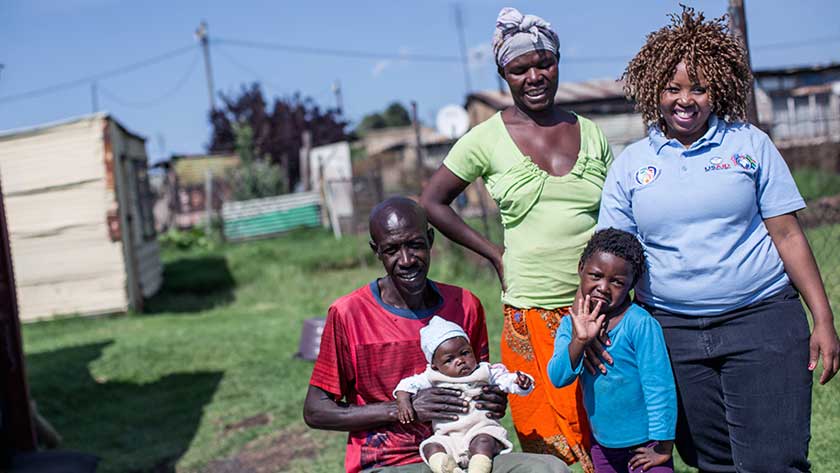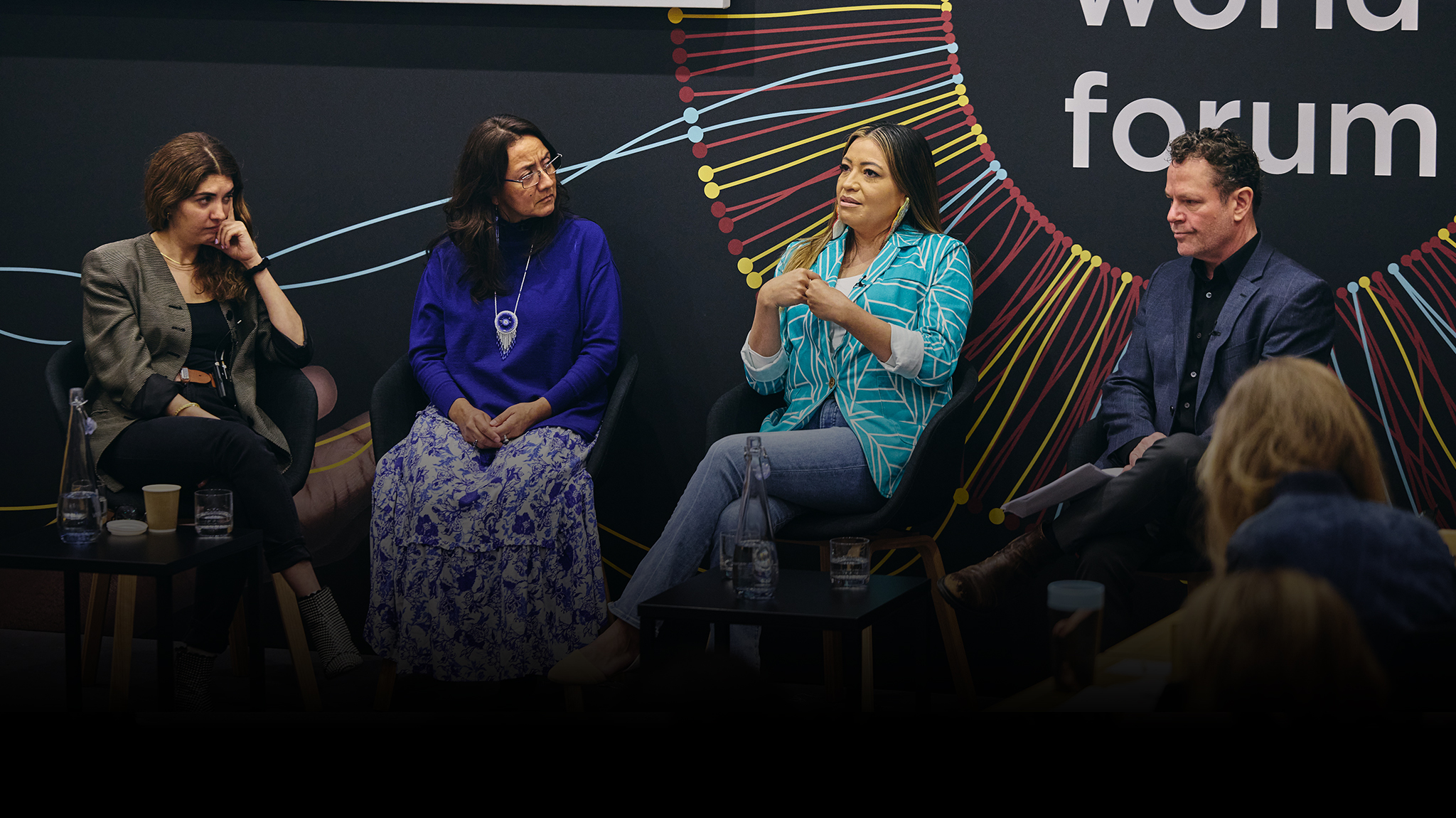End AIDS by 2030. This is one of the headline-grabbing targets laid out in the Sustainable Development Goals. Later this month, more than 15,000 people from the international HIV/AIDS community will gather at the AIDS2018 conference in Amsterdam with this ambition firmly in mind. On the agenda: assessing progress to turning this target into a reality, and devising strategies for overcoming obstacles that stand in our way.
This is an ambitious goal. According to UNAIDS, in 2016 (the latest year for which data is available), 36.7M people were living with HIV globally, and there were more than 1.8M new infections in that year alone. The disproportionately high rate of new infections among adolescent women and girls in Southern and Eastern Africa is concerning—women aged 15-24 made up 26 percent of all new infections in this region yet are only 10 percent of the population. Another key cause for worry is that more than 200 babies a day are still infected with HIV by their mothers during pregnancy and breastfeeding, despite the fact that this is almost entirely preventable.
Adherence to Care
As well as tackling these challenges, we need a renewed focus on keeping HIV-positive people in care and adhering to their treatment, or we will not reach the Global Goals.

A key opportunity has emerged because of a move to a global protocol called “test and treat”—meaning that when people test HIV-positive, they are put on treatment for life immediately. Advances in medicine mean that most HIV-positive people need only a single daily pill to manage the disease, with very few side effects. If they adhere to this treatment regime, they usually achieve “viral suppression,” which means the level of the virus becomes so low that it is undetectable by a standard test. This preserves the health of a person living with HIV and prevents the sexual transmission of the virus to an HIV-negative partner.
Accessing care and staying on treatment can still be incredibly difficult. This is particularly true across much of the African continent. Struggling public infrastructure and rampant inequality makes just getting to a clinic a battle for many. Even if a patient gets there, they may struggle to see a doctor or nurse within a reasonable time. The WHO estimates the continent is currently short of 4.2M healthcare workers, and this figure will rise to over 6M by 2030.
Overcoming Stigma with Mentor Mothers
Add to these challenges the fact that HIV-related stigma and gender inequality remains rife across many countries, and it is easy to see why some people either never start treatment or drop out soon afterward. In fact, across Eastern and Southern Africa, a quarter of all recently diagnosed HIV-positive people have either passed away or dropped out of care within 12 months of diagnosis.
At mothers2mothers, we think we’ve hit on one part of the solution. We employ HIV-positive women as frontline healthcare workers who serve their local communities – working both at healthcare facilities and by going door-to-door to meet with women and families at their homes. These “mentor mothers” enroll clients into care, help them navigate the often-confusing pathways to getting on treatment, and then follow up consistently to make sure their clients stay adherent and virally-suppressed.

The magic in this model is that it is peer-based: these women know first-hand the challenges their local communities face. Because they themselves live with HIV, they can speak authoritatively as to how to overcome them. Technology fuels and measures this work—bespoke apps help mentor mothers keep tabs on which of their clients need follow up, and provide guidance on case management. It’s working. Over 90 percent of our enrolled clients report treatment adherence at key points of the cascade.

At AIDS2018, we will host a session to draw attention to this retention in care challenge and to share some learning points we’ve gathered along the way. We’ll be joined by partners from UNAIDS, UNICEF, and the Elizabeth Glazer Paediatric AIDS Foundation to share their perspectives. If you’ll be there, please join us, and if you won’t please tell others who might be! We’re always looking for new ideas and partners to tackle this challenge, so don’t hesitate to get in touch if you think you can help.
We know our model isn’t perfect and is only part of the solution, but we hope that by shining a light on this issue and debating strategies and solutions we can play our part in turning the dream of ending AIDS by 2030 into a reality.



